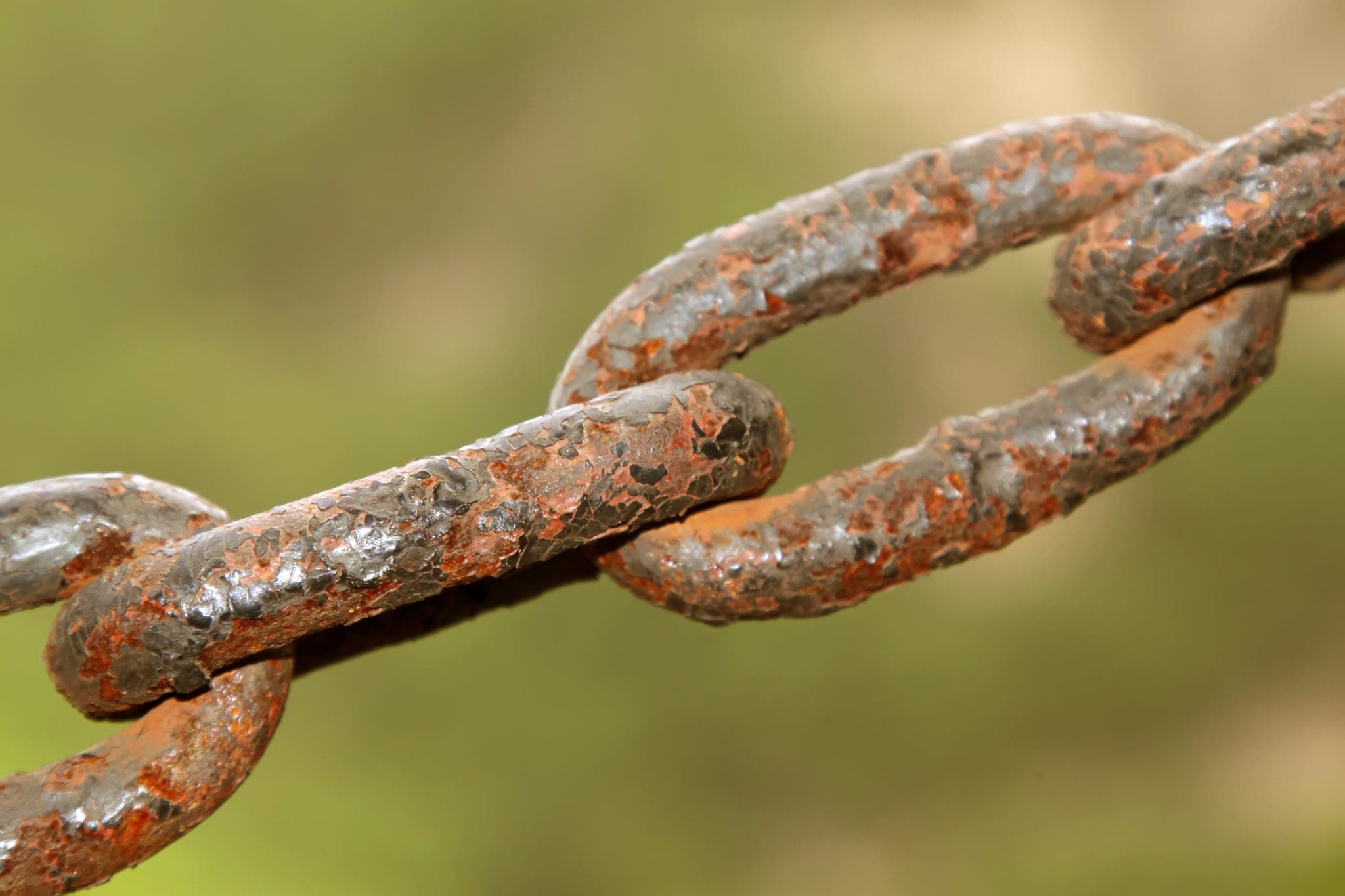The Top 5 Causes of Pitting Corrosion
Often invisible to the naked eye, pitting corrosion causes severe damage to metal and other surfaces. For materials with specific service functions, like pipes or load-bearing structures, this damage can accelerate quickly and cause catastrophic failure.
Identifying the primary causes of pitting corrosion and understanding the process is the best way to prevent and combat this damage.
To help with prevention and control, companies like Heartland Repair & Coatings provide quality services to the pipeline and related industries. Continue reading to learn more or contact Heartland Repair & Coatings for more information.
What Is Pitting Corrosion?
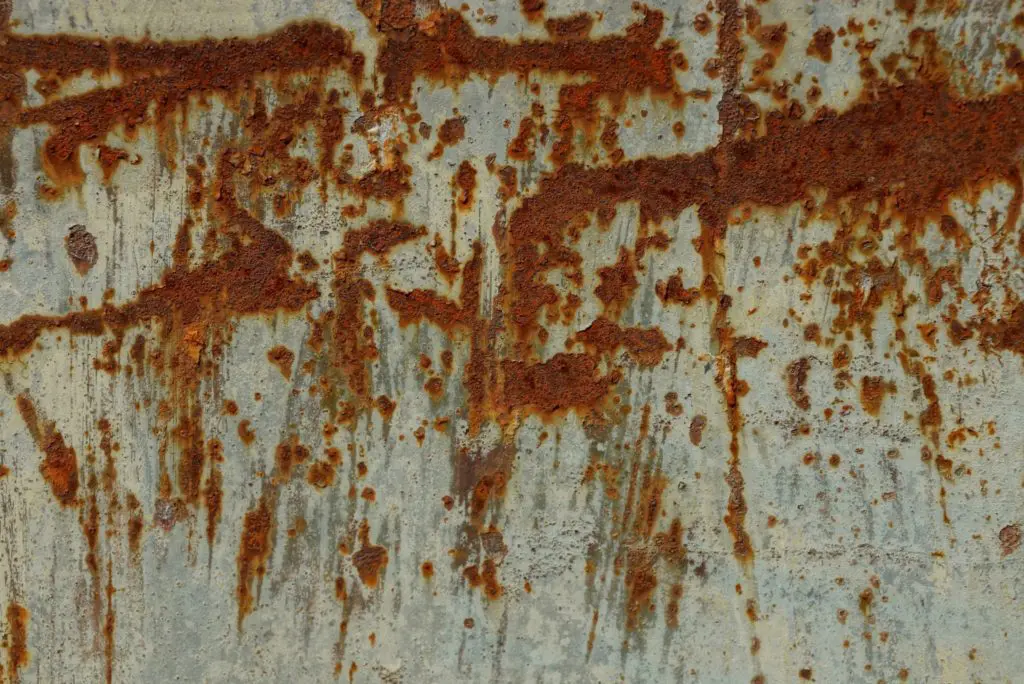
Pitting corrosion is a type of corrosion that can affect any materials, including metals, that have a protective coating, film, or unprotected surface.
When the film or coating corrodes unevenly, small areas wear away much quicker than the rest. This localized corrosion creates cavities that expose the surface of the metal to further damage.
Specifically, the exposed metal loses its electrons rapidly, causing pits to form in these areas. Once exposed, the damage often spreads unseen beneath the surface.
Fortunately, it is possible to plan for and mitigate pitting corrosion. Applying the appropriate coating based on the purpose of the pipeline helps prevent or minimize the impact of pitting corrosion.
Materials at Risk
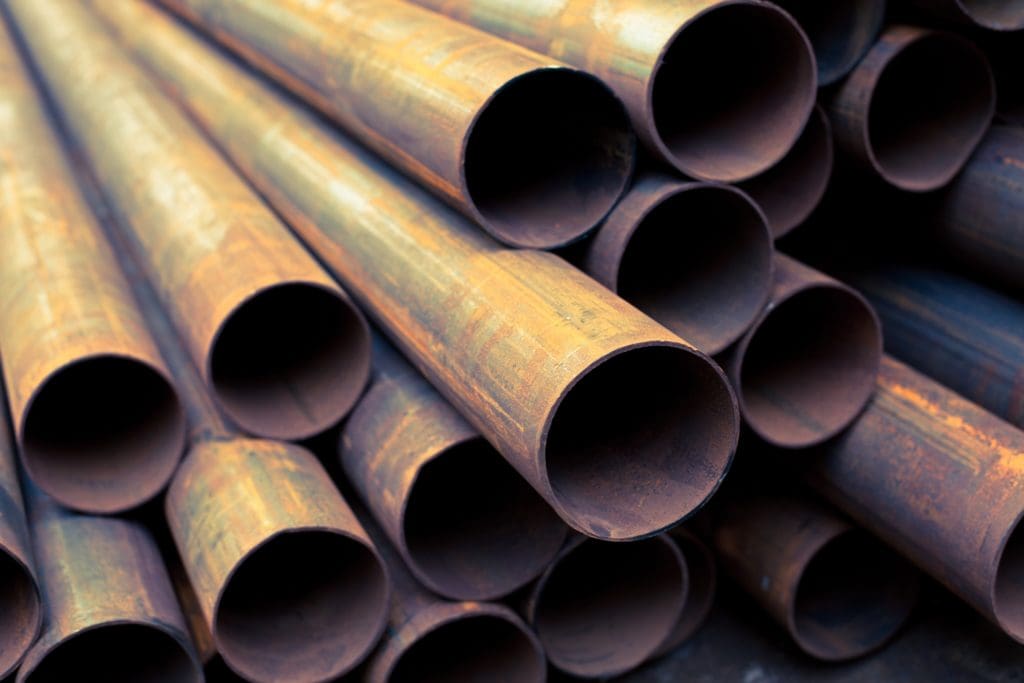
Stainless steels, unlike most other metal surfaces, create a passive film due to their chemical makeup. Depending on the type of stainless steel, it might have more or less resistance to pitting corrosion. This film is part of why stainless steel is a popular option for kitchen appliances.
Certain metals are more prone to pitting corrosion because of their molecular makeup, even without oxygen exposure. These include:
- Certain stainless steels
- Aluminum
- Chromium
- Cobalt
- Copper
- Iron (passive film)
Of course, combinations (called alloys) of these metals are also subject to pitting corrosion risk. Other material compounds are also subject to pitting corrosion, though it is most common in metals.
The Top 5 Causes of Pitting Corrosion
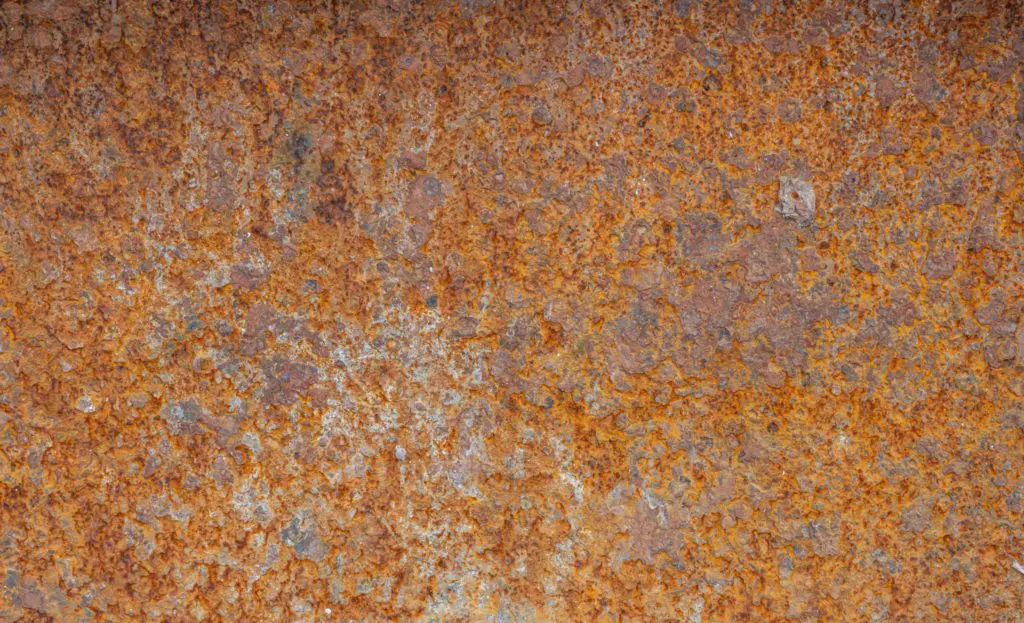
Pitting corrosion occurs for numerous reasons and with varied impacts, depending on the materials involved, but the top five causes include the following.
1. Physical Damage
Damage to a structure interrupts protective layers and provides corrosive materials access. However, physical damage need not be this dramatic or visible to be just as destructive.
Cracks, scratches, and chips in protective coating allow corrosive materials to reach the metal or other material.
Once begun, pitting corrosion will trace any flaws in the material or simply spread, in various forms, undermining structural integrity.
2. Uneven Stress or Fluid Flow
Unbalanced wear on a protective coating places more burden on specific areas. These areas are more vulnerable to being worn away and exposing the surfaces below.
Uneven stress caused by unanticipated shaking or other movements, for example, increases the chances that a protective film will wear away in those areas first. It then becomes more likely this uneven wear will go unnoticed if other sites are not affected.
Similarly, aggressive and uneven flow of fluids corrodes protective coatings much more quickly than steady pressure and flow. This damage may occur around or through pipes, mainly when the flow of fluids is not well matched to the type or design of a pipeline.
3. Impure Materials
Low-quality or defective metals are far more prone to pitting corrosion. Beginning with quality metals helps ensure these materials will last and hold up against corrosive elements.
A rough metal surface that results from manufacturing processes or quality issues also encourages pitting corrosion. Areas of a surface that encourage the uneven application of a coating increase the odds of uneven wear.
4. Uneven Protective Coating
An unevenly applied protective coating is far less effective and more likely to experience pitting corrosion.
Thinner and transition areas where the thickness of a film or coating changes encourage fluid to collect or break down protective compounds. Even a lighter even layer generally provides better protection than an uneven coating.
5. Chemical Exposure
Corrosive and ionized chemicals rapidly eat through even protective solid coatings. Ensuring the appropriate layer is applied is an excellent way to combat any anticipated chemical exposure.
Of course, chemical exposure is not always planned. However, taking steps to limit or eliminate exposure to corrosive chemical elements will increase the longevity of a protective coating.
How to Prevent Pitting Corrosion

The cavities caused by pitting corrosion are, in many ways, similar to dental cavities. As with teeth, appropriate preventative care is the best way to avoid pitting corrosion.
One of the best ways to mitigate pitting corrosion risk is beginning with materials that match the environmental conditions and function. However, multiple other methods help prevent and control pitting corrosion, including:
- Reducing concentrations of active chemicals when working with known corrosive substances
- Selecting building materials more resistant to pitting corrosion than most metals
- Routinely washing away chemicals or corrosive elements that cause pitting (or, as in pipelines, passing fluid through quickly)
- Setting up cathode systems (a standard protective measure) to counteract electron loss in metals exposed to substances that conduct electricity
- Using chemical inhibitors and controlling the chemical makeup of fluids (also called fluid chemistry control)
- Correcting areas where fluids collect and cause extended exposure
- Adding an appropriate coating treatment to prevent pitting such as those applied via cold spray technology
- Maintaining and reapplying protective coatings as necessary
Next to anticipating and controlling the environment and exposure, applying and maintaining a protective coating is essential. Combining these methods provides the most effective defense against pitting corrosion.
Regular testing will reveal whether a protective coating is holding up to use. Sometimes, this type of testing is simply not possible. In such cases, performing routine maintenance and reapplication of protective coatings becomes even more critical.
Exposure Risk

The fluorides and iodides in water and other fluids, particularly when sitting stagnant, can result in pitting corrosion. Pitting accelerates when metal is exposed to a solution containing:
- Chloride
- Hypochlorite
- Bromide Ions
- Sulfides
- Water (Dihydrogen Monoxide)
Oxidation, or exposure to oxygen molecules, has the most impact on metal alloy pitting corrosion because of its electronic charge. Controlling the supply of oxygen to a material helps reduce the risk of pitting corrosion.
How to Repair Pitting Corrosion
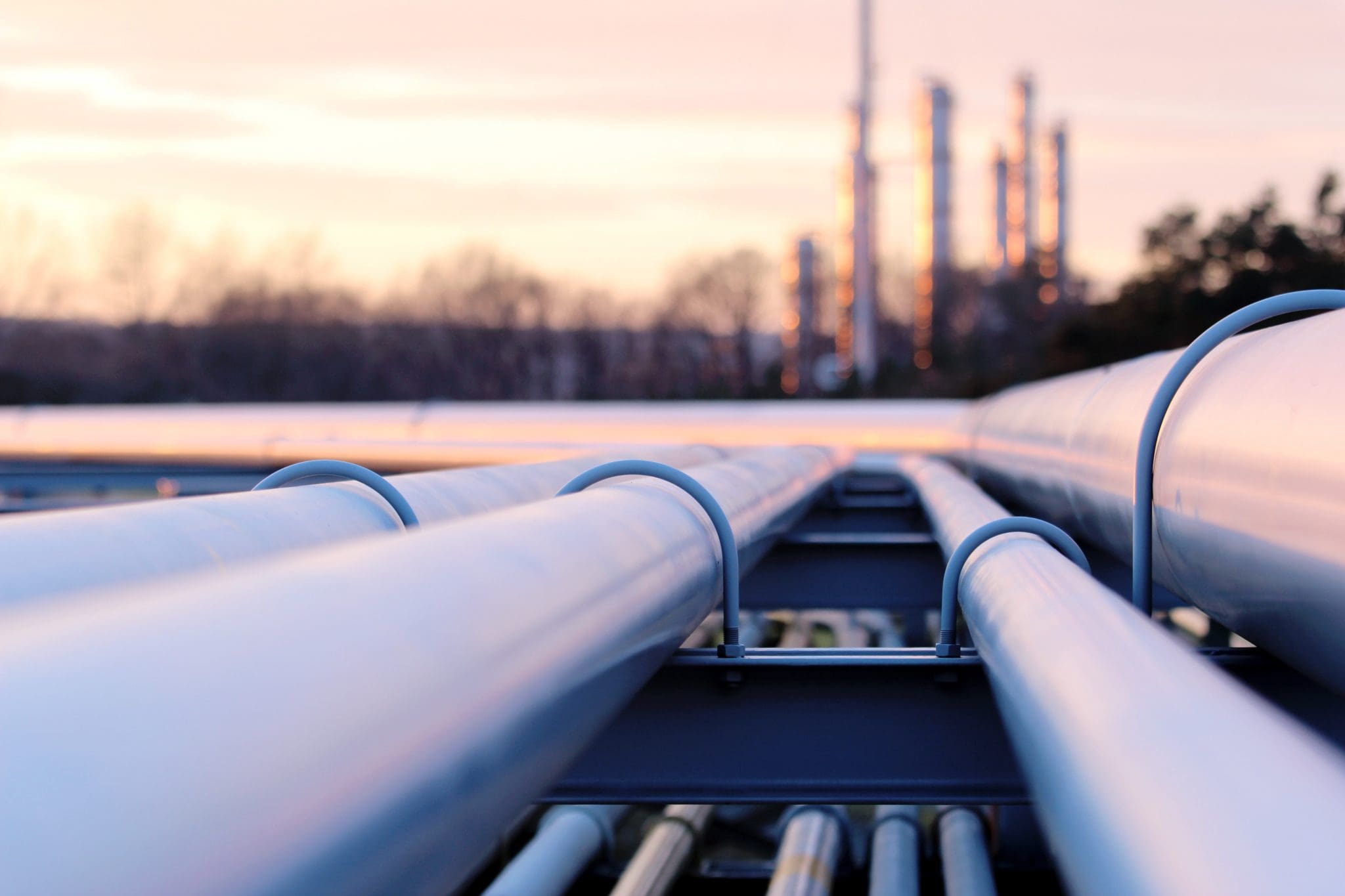
More difficult to combat than uniform corrosion, pitting corrosion is harder to anticipate and detect. Once pitting begins, it tends to accelerate quickly, causing severe damage. Interrupting this process involves acting swiftly to repair the pitted areas.
Approaches to treating pitting corrosion fall into two general categories: hot and cold.
Hot Repairs
Hot repairs involve welding metal back to the required thickness, filling the cavities with more metal. However, welding can also damage metals, particularly when repeated.
Cold Repairs
Cold repairs involve applying epoxy (strong glue material) to impacted areas. Compared to welds, epoxies can generally endure higher temperature and pressure changes, making them a preferred option. However, chemical exposure may break down certain epoxies.
Another option utilizes cold spray technology. Cold spray deposits powdered metals at supersonic speeds, causing the particles to deform and bond to the surface. Cold spray applications can repair pitting corrosion and create wear-resistant coatings against new damage.
Conclusion
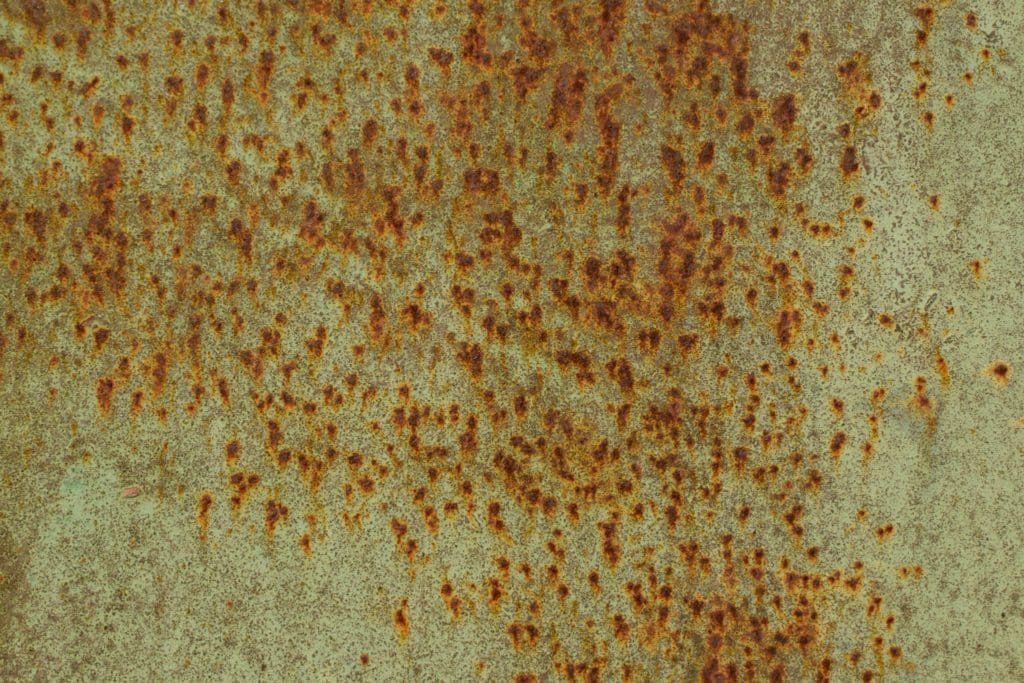
When pitting corrosion has caused damage that you cannot reverse, you must simply replace materials. While costly, this approach maintains the safety and integrity of building materials.
Prevention and maintenance are the keys to avoiding incurring these expenses that result from pitting corrosion. Balance the cost of effective wear prevention and routine corrosion repair through Heartland Repair & Coatings. Contact us today!
